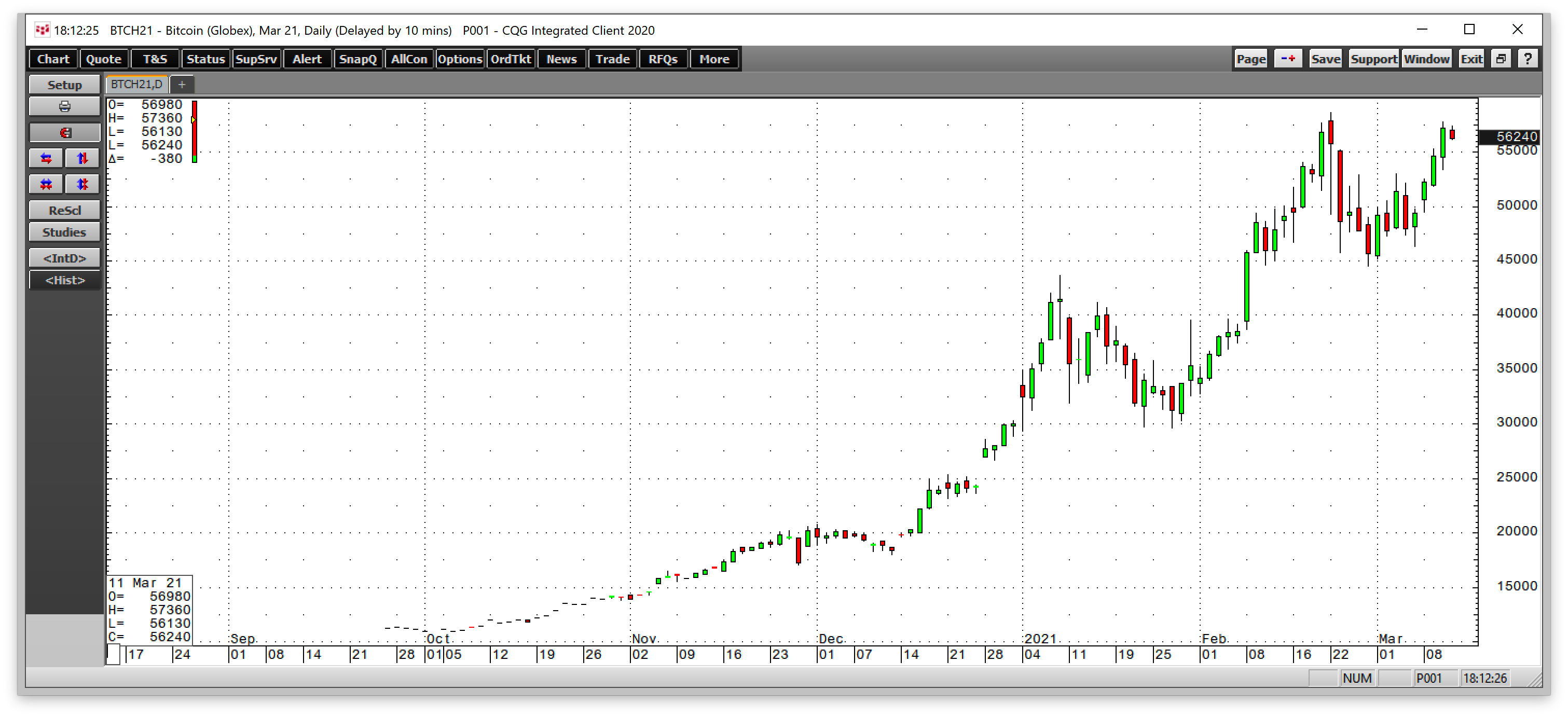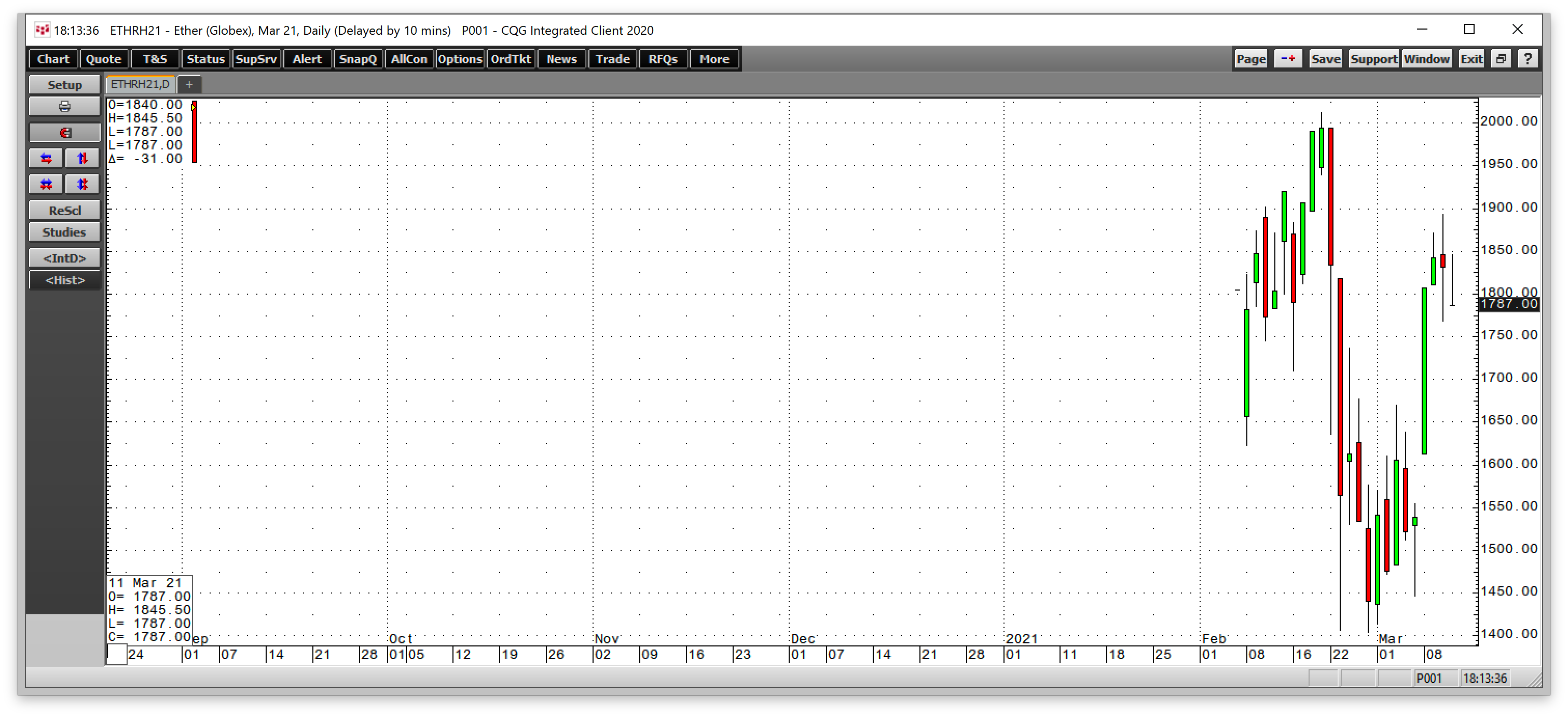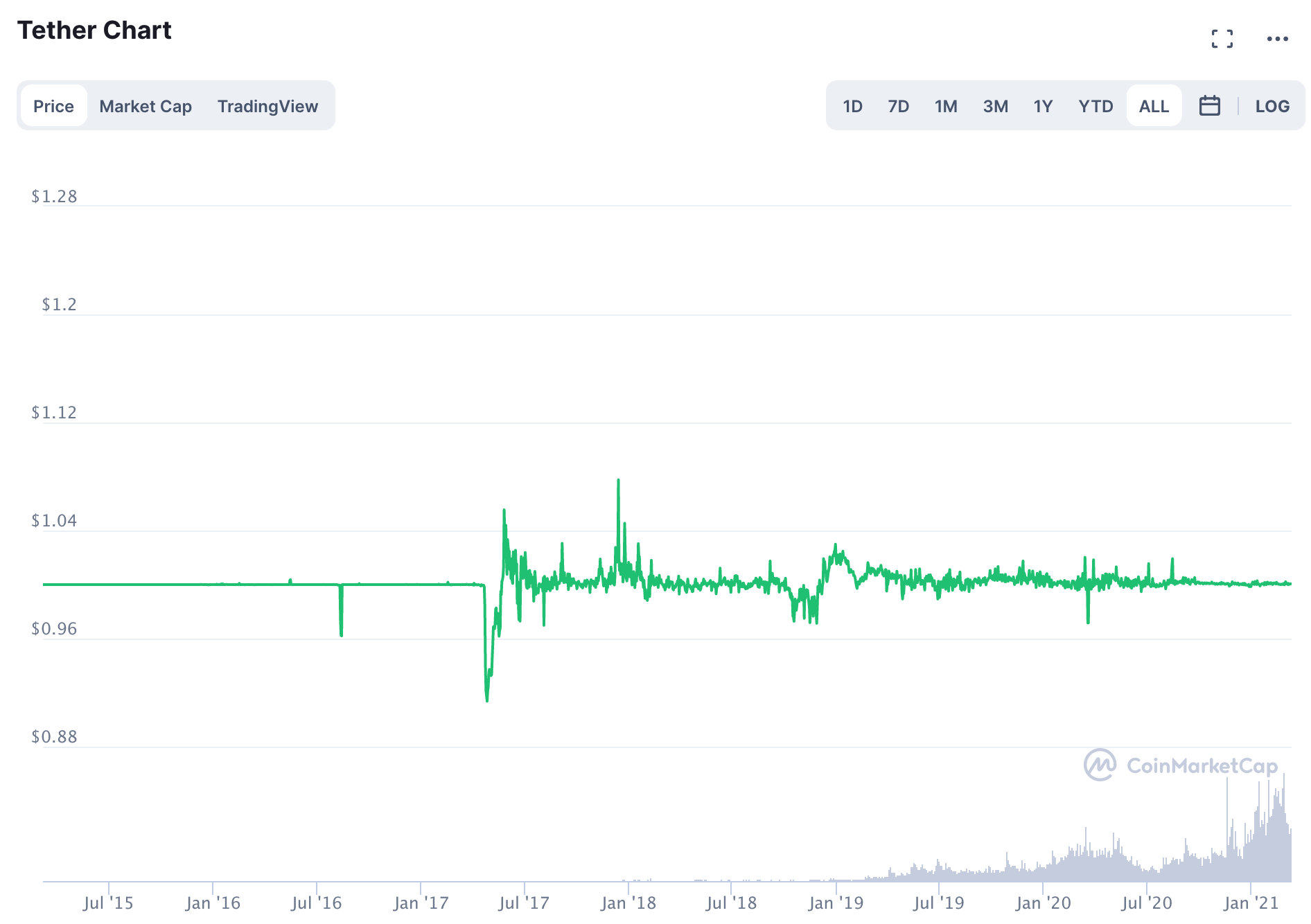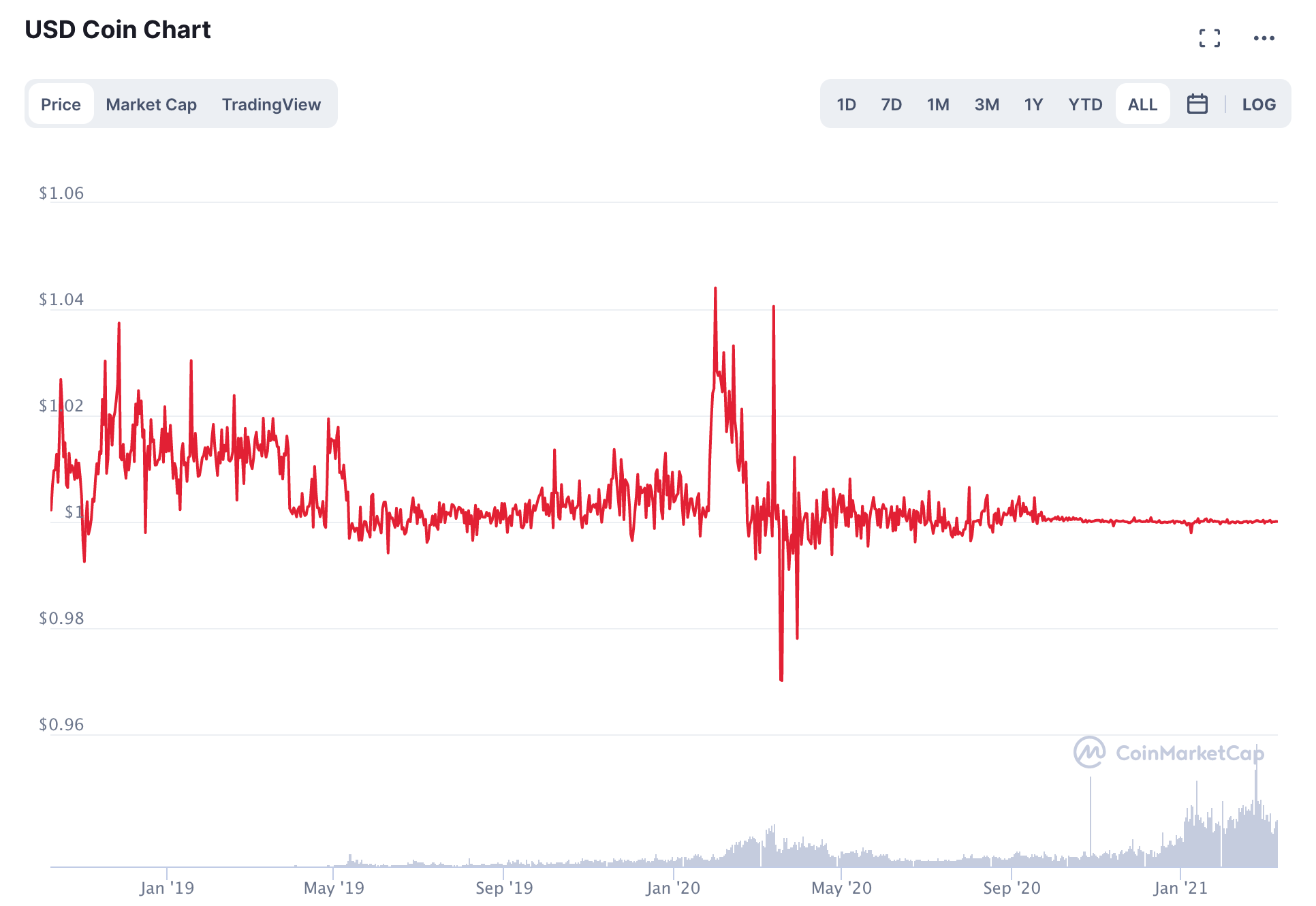This article was written exclusively for Investing.com
- A pullback in the digital asset class; Gravity is a powerful force
- The US and Europe are not crypto-friendly; rather, they are foes
- Is Tether really backed by US dollars?
- Tokenizing US dollars with USD Coin
- USD Coin versus Tether: Which is more likely to survive?
If you ask Warren Buffett or his partner Charlie Munger what they think of the recent correction in Bitcoin and the other digital currencies, they would say that the asset class is the equivalent of a modern-day tulip bulb bubble. While the two investors—principles at Berkshire Hathaway (NYSE:BRKa)—are in their 90s and have been consistent in their opinions about the crypto world, other former critics have been very quiet recently or have moved towards hushed acceptance.
A few short years ago, JP Morgan Chase’s (NYSE:JPM) CEO Jamie Dimon called Bitcoin a “fraud” and directly used the tulip bulb analogy for the asset class. He said any trader at his bank caught trading cryptocurrencies would be dismissed:
“I would fire them in a second for two reasons: It is against our rules, and they are stupid, and both are dangerous.”
It appears the rules have changed at the US’s leading banking institution. JP Morgan is now saying that investors can allocate 1% of portfolios to Bitcoin.
Aside from Bitcoin, there are over 8600 other cryptocurrencies in circulation. The top twelve have market caps above $8.5 billion. Two of the top dozen are Tether and USD Coin. Both are referred to as “stable coins.”
That's because Tether and USD Coin are cryptos that track the world’s leading reserve currency, the US dollar. That connection makes them both much less volatile than their crypto peers. However, they do not impact the money supply nor the US Treasury’s control of the traditional US dollar flows.
A pullback in the digital asset class; Gravity is a powerful force
After trading up to a high of $58,610 on the nearby futures contract on Feb. 22, Bitcoin fell below the $50,000 level but was back near the high on Wednesday, Mar. 10.

Source: CQG
The daily chart for Bitcoin futures highlights the correction from the recent record high and recovery to over the $56,000 level. The digital currency appears ready to challenge the $60,000 per token level.
Ethereum is the other digital currency that trades in the futures arena. 
Source: CQG
The chart of the newly minted Ether futures shows that excitement over the listing in early February sent the price to a high of $2012 per token on Feb. 19. On Mar. 10, the price had pulled back to below the $1800 level after recovering from around $1400 in late February.
After parabolic rallies, gravity is a powerful force. However, the parabolic price action was threatening to make a comeback on Mar. 10.
The US and Europe are not crypto-friendly; rather, they are foes
It is impossible to pick tops in parabolic markets as they tend to rise to levels that defy logic, reason, and rational fundamental analysis. Meanwhile, cryptocurrencies are a disruptive technology. Moreover, they are a direct challenge to government control of the global money supply.
The higher the price of tokens and the overall asset class’s market cap, the more calls we will hear for regulation. We have already heard from the European Central Bank President Christine Lagarde and the US Treasury Secretary Janet Yellen. Both continue to stress the nefarious utility of digital currencies. However, they fail to mention the leading issue is the threat to their control of the global payments system.
Companies like Tesla (NASDAQ:TSLA), Square (NYSE:SQ), and others are not only investing in digital currencies, they are also accepting cryptocurrency as payment for their products and services. The main roadblock to the ascent of the asset class is the governments that view them as a threat.
The old saying, 'if you can’t beat them, join them,' could be the outcome. China is already hard at work on its version of a crypto token. The US and Europe are likely developing digital dollars and euros to remain in the game in the coming years.
Blockchain is now widely accepted. The tokens are next. However, the tokens that survive will need to walk a fine line with the global economy’s many vested interests.
Is Tether really backed by US dollars?
Tether was originally called Realcoin in 2014. Unlike Bitcoin and many other cryptocurrencies, one company owns, mints, and manages the Tether supply, limiting transparency.
When Tether burst on the digital currency scene, many market participants in the burgeoning asset class believed each token was backed by one US dollar. On Mar. 14, 2019, the company changed the backing to include loans to affiliate companies.
Tether (USDT) is the fourth-leading digital currency by market cap beings Bitcoin, Ethereum, and Binance Coin.

Source: Investing.com
As of Mar. 10, USDT had a market cap of $37.088 billion, or 2.19% of the entire asset class’s value.

Source: coinmarketcap
The chart shows that while the US dollar does not back USDT, it trades around one dollar per token.
Tokenizing US dollars with USD Coin
Meanwhile, USD Coin (USDC) is pegged to the US dollar and runs on the Ethereum blockchain. Each USDC is backed by a dollar held in reserve. USDC launched in September 2018.
USDC was the thirteenth ranked cryptocurrency by market cap as of Mar. 10.

Source: Investing.com
The $9.025 billion market cap is 0.53% of the entire asset class.

Source: coinmarketcap
USDC has also traded around the $1 per token level since it began trading in late 2018.
Tether and USD coin are “stablecoins.” These cryptocurrencies minimize the volatility of the price of the stablecoin by pegging them to a cryptocurrency, fiat money, or exchange-traded commodities.
USD Coin vs Tether: Which is more likely to survive?
Reddit is a social media platform that has gained lots of notoriety over the past weeks and months. I believe in the principle of the wisdom of the crowd, which states that crowds make better decisions than even the top experts.
In markets, prices are a function of herd behavior. When it comes to USDT versus USDC, the jury was out two years ago on Reddit. Even after the incredible ascent of the asset class, many of the opinions expressed on that website ring true today.
Tether remains more liquid than USD Coin. But USD Coin is pegged to the US dollar with a more transparent methodology than Tether.
For me, notwithstanding the liquidity issue, USDC provides real audits to prove solvency. USDT does not. One of the most significant benefits of cryptocurrencies is that they eliminate control of the money supply in a transparent environment that depends on mining and bids and offers, where buyers and sellers establish prices at equilibrium levels.
In the world of stablecoins, USDC seems to adhere to those principles, while USDT involves additional risk created by opaque management.
